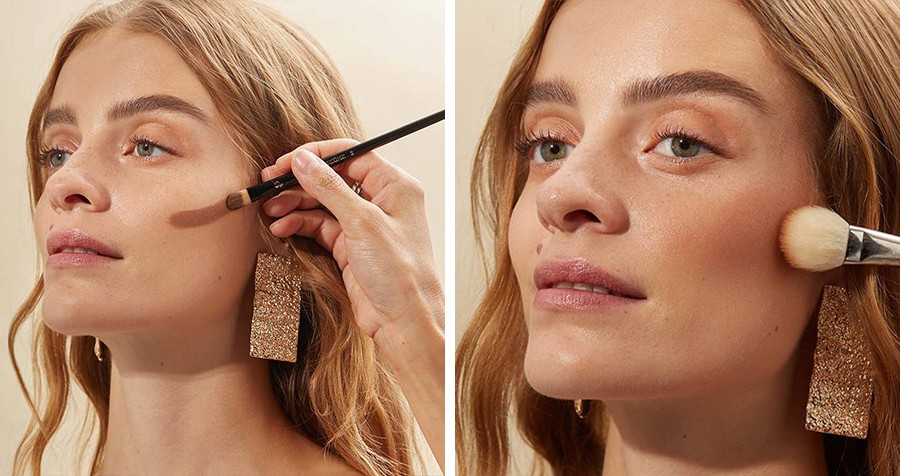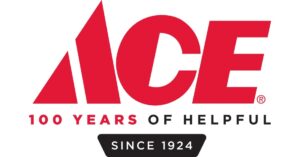
Mastering makeup often begins with understanding the role of different products, and among the most commonly confused are blush, bronzer, and highlighter. While all three are used to enhance facial features and add dimension, they serve distinct purposes and are applied differently.
Whether you’re just starting to build your makeup kit or looking to refine your technique, knowing when and how to use each product can elevate your entire look.
What is Blush?
Blush is used to add a natural flush of colour to the cheeks, mimicking the healthy glow you get after a brisk walk or a little excitement. It brings life to the face, making you look more awake and youthful.
Available in powder, cream, or liquid formulas, blush is typically applied to the apples of the cheeks and blended upwards toward the temples. The goal is to give your complexion a warm and healthy appearance. The colour you choose can vary depending on the occasion, your outfit, or the season, ranging from soft pinks to peaches and even subtle mauves.
What is Bronzer?
Bronzer is designed to give your skin a sun-kissed glow. Unlike blush, which adds colour, bronzer adds warmth and depth to the complexion. It can subtly contour your face, define your cheekbones, and make your features appear more sculpted.
Bronzer is usually applied to areas where the sun would naturally hit your face—forehead, cheeks, nose and jawline. It’s best used with a light hand to avoid an unnatural or muddy look. While it enhances your facial structure, it also adds a beautiful warmth, making it ideal for both everyday wear and more defined makeup styles.
What is a Face Highlighter?
A face highlighter is used to reflect light and draw attention to specific areas of your face. It gives a luminous glow, adding dimension and creating a radiant finish. Highlighters can be found in powder, cream, stick, or liquid forms.
Common application points include the tops of the cheekbones, the bridge of the nose, the brow bone, and the cupid’s bow. The aim is to enhance the high points of your face, making them appear lifted and bright. A good face highlighter catches the light beautifully without appearing glittery or overly shiny.
Key Differences at a Glance
| Product | Purpose | Where to Apply | Finish |
| Blush | Adds natural colour to cheeks | Apples of the cheeks | Matte or dewy |
| Bronzer | Adds warmth and soft contour | Forehead, cheeks, jawline | Matte or slight sheen |
| Highlighter | Adds glow and light | Cheekbones, nose, brow bone, etc. | Shimmery or radiant |
When to Use Each
- Blush: Perfect for everyday use, especially if you want to add a pop of colour to a neutral makeup look.
- Bronzer: Great for creating a warm, tanned appearance or for light contouring in your daily routine.
- Highlighter: Ideal for special occasions or when you want a glowing, luminous finish.
Can You Use All Three Together?
Yes, absolutely! In fact, using blush, bronzer, and highlighter together in harmony can create a beautifully balanced and dimensional look. Start by applying bronzer to add warmth and definition, follow with blush to add colour, and finish with a touch of highlighter to enhance your glow.
Just make sure to blend everything well to avoid harsh lines. The key to a flawless finish is seamless blending and choosing shades that complement each other.
Conclusion
While blush, bronzer, and face highlighter may seem similar at first glance, each plays a unique role in enhancing your facial features. Once you understand their individual functions, you’ll be able to use them effectively to create anything from a natural, everyday look to a more polished, camera-ready finish.
With a bit of practice and the right tools, these three products can truly transform your makeup routine—one radiant look at a time.



